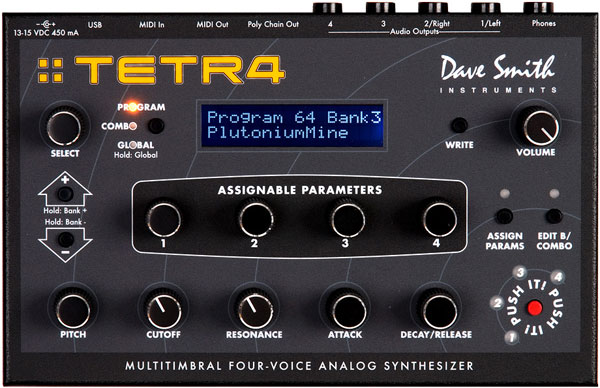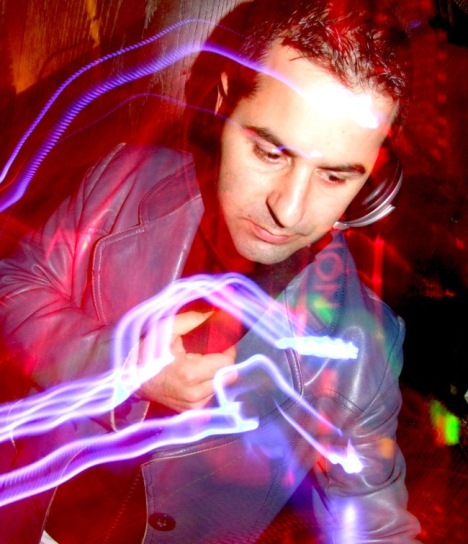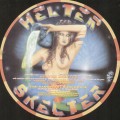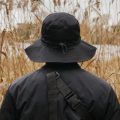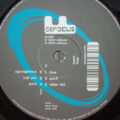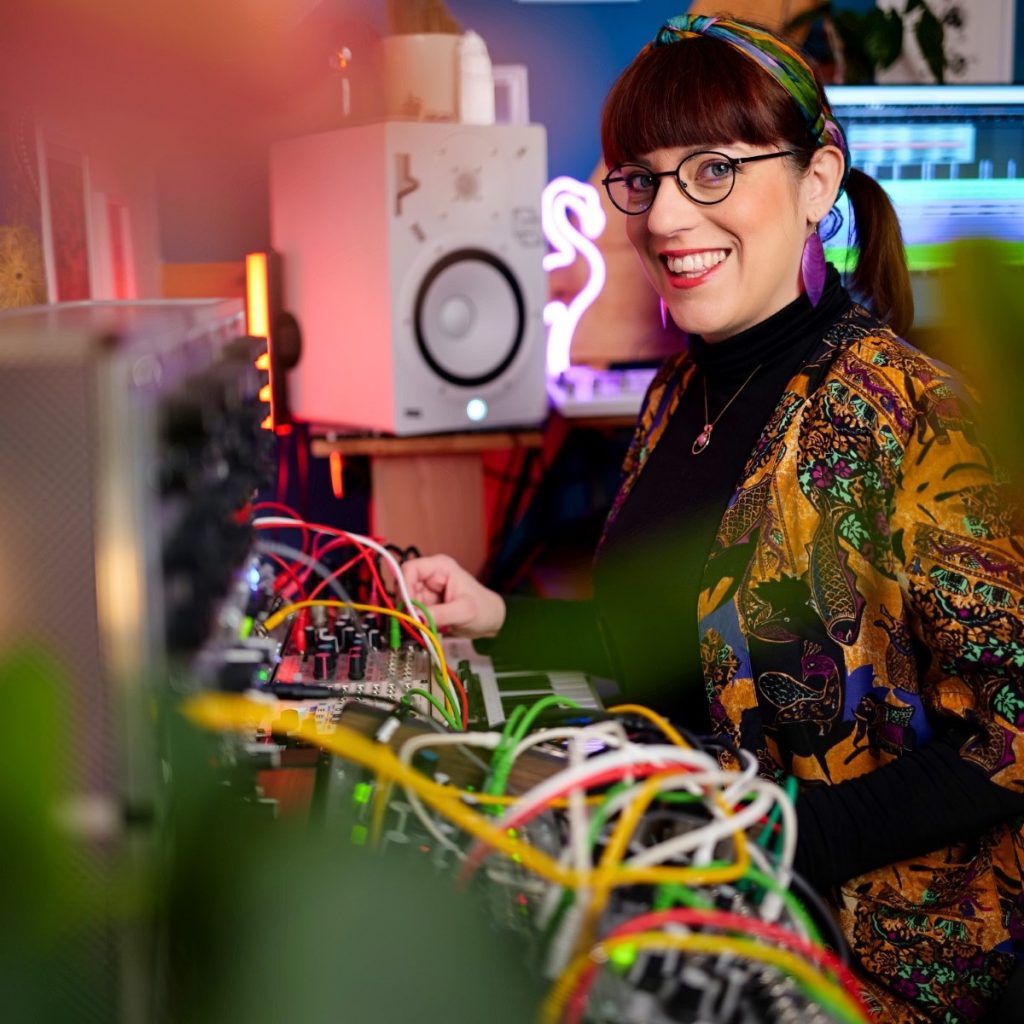
Dutch artist, producer and composer Andrea Cichecki talks us through her methods and favourite studio tools
Born and raised in The Netherlands, Andrea Cichecki has immersed and surrounded herself with sound from an early age.
Over the years, her natural curiosity evolved into passion, driven by a keen enthusiasm to explore the human connection between the realms of analogue and digital. Fascinated by how the mediums interweave through music and sound, and manifest themselves in live performance. During her teens what started as a love for audio and its applications, she evolved into the realm of DJing and then onto production. Which over the years, has since led her to composing, sound engineering, mastering, doing equipment reviews, creating content and a whole lot more. There’s not a lot this highly talented individual hasn’t turned her hand to.
Her dedication to playing live as a creative outlet is equally important to her as being involved behind the scenes, having etched out a 20+ year career as a DJ across Europe. All of which really kickstarted when she moved to Berlin, the heart of electronic dance culture, in early 2010s to follow her dreams. Finding herself in the thick of it, she gained regular gigs at top clubs like Tresor, Visionaere, Hoppetosse and About Blank for starters. A journey which helped shape her outlook and made her a sought-after performer.
Mirroring her DJ career in many respects, music production followed. Culminating in Andrea gaining a technical degree from Abbey Road Institute in 2018. Since then, her transition to full time sound engineer has been a natural one, securing herself a position at Castle Studios outside of Dresden, where she’s now based full time. From this space, engineering sessions have led to mastering, mixing and lots of work for high-end clients. The technical side has continued to influence her creatively. With the demand to remix, collaborate and record for various labels snowballing in recent times, she now has a whole raft of fresh material due for release this year.
With so much going on, we were delighted to be able to grab a bit of Andrea’s time and put some questions to her, to find out more about her workflow, favourite tools and processes.
Tell us more about your obsession with playing, creating and making music – where did it start?
I started my musical journey around the age of seven, learning musical theory and the recorder at a music school. Soon after that, I started to learn the clarinet and spent my teenage years playing in an orchestra. My interest in synthesizer sounds probably comes from those early days as well you know. The clarinet’s tone has similarities to a sine oscillator, which fascinated me a lot.
My general interest in electronic music blossomed early on already. My father’s love for Pink Floyd, Vangelis and Kraftwerk introduced me to the world of vinyl, which I explored extensively. Also my sister’s passion for electronic music fuelled my curiosity further. And then, at the age of 15, I had my first encounter with a DJ spinning records. At that moment, I knew I wanted to do that too! So initially, I started DJing and did it for quite a while. Eventually, I realised I wanted to produce my own music, which is where I find the most enjoyment and is what I do most these days.
Who were your biggest influences when you started out?
I’ve been influenced by many different artists and musical movements, as well as by my friends. We’d spend hours talking about and listening to different styles of music, either playing records or organising events. I’ve always been involved in the music scene in the different cities and countries I’ve lived in, which led me to explore and play different genres. Nowadays, I mostly focus on my own musical instincts and that feels liberating. I don’t feel insecure about what I create anymore and just let it happen, without worrying about fitting into any particular group or style just to feel like I belong.
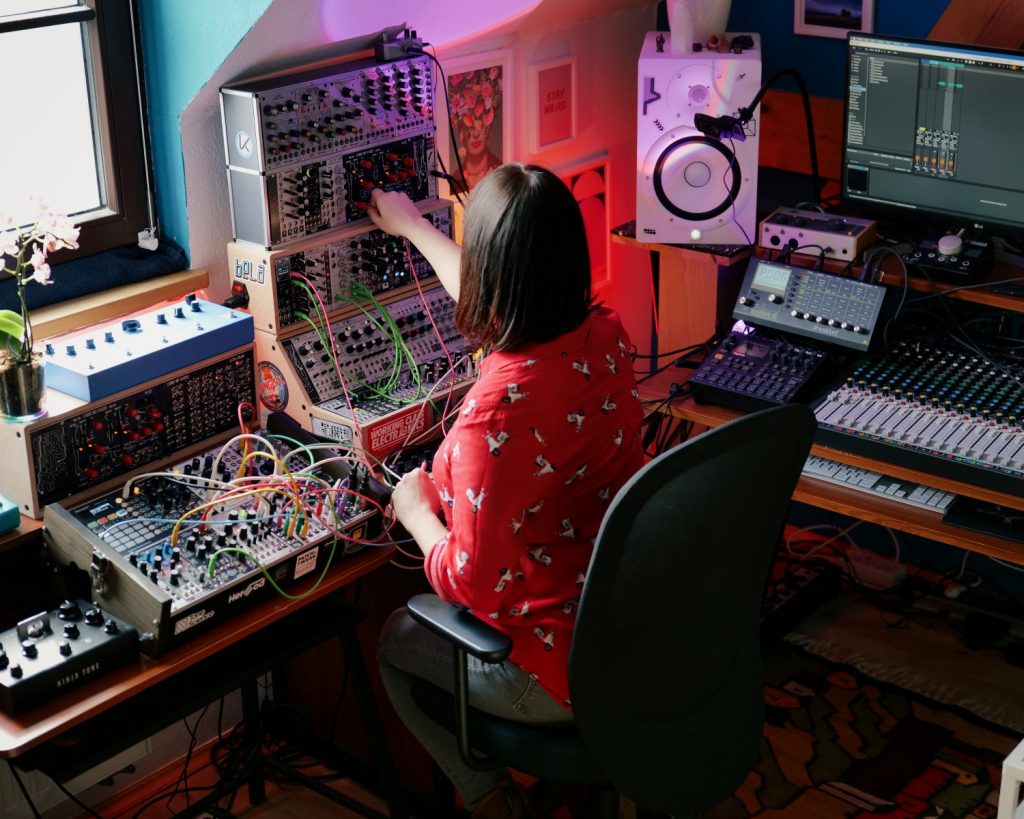
How would you describe your approach to making and playing music?
When I create music, I usually start with chords to establish a mood, and then build melodies and rhythms from there. I also work with sequencers that I programme that way. And much of my musical process involves programming and refining patches on my Eurorack system, where I also enjoy working on detailed sounds. When I’m in my creative flow, I usually work with live recordings of my synths and drum machines, using filters and modulation to add movement and depth to the sound. I always see each of my songs as an orchestra performance, where every sound has its place. I also compose with attention to balance of the frequency spectrum.
Does being an expert in audio electronics shape your direction differently to others?
On a professional level, I’ve noticed that it helps to be taken seriously. I work with many different international companies, brands and clients who value my music and technical knowledge. However, I don’t consider myself an expert, I’m just a nerd who loves electronic instruments. I’m always eager to learn and curious about new things and music, which keeps my mind busy and that helps me with music in general.
Magic vs Accident – where does one start and the other end?
When I first started producing and composing electronic music, I had a lot of happy accidents and often didn’t know how I did it. It was frustrating, and I really wanted to understand all the details of recording and producing music, as well as everything about synthesis, so that I can make the magic happen when I want and recreate the happy accidents.
So, I started studying as much as I could, watched tutorials and read up on all the things I wanted to know. Now that I have more knowledge, I have more magical moments in the studio but am still always amazed, when I unexpectedly discover something beautiful creating sounds.
Tell us about your first studio set up: what equipment did you get started with?
I had my first production setup in my twenties. I saved money for a long time and bought an Apple laptop with an Apogee interface, Logic as my DAW, Genelec monitors and a MIDI keyboard, along with a Dave Smith Tetra synth. This was before the days of Ableton, so I had to rely on the Logic manual, Computer Music magazine, and the help of friends to get any information.
And how has it evolved since?
In 2017, I decided to enrol in a course at the Abbey Road Institute, to learn audio engineering and music production, which was very beneficial. It’s only in the past few years that I’ve built my studio to what it is now. My biggest instrument is my Eurorack, which is constantly changing and evolving.
I select the modules specifically for the sound I’m after and have hardware synths, FX pedals, MIDI controllers and drum machines chosen like that as well. Everything is connected to an analogue mixing desk and I use Ableton Live as my main DAW to produce, mix and record. I try to keep my studio relatively small and try to learn the devices I have inside out. That way I get the most out of everything.
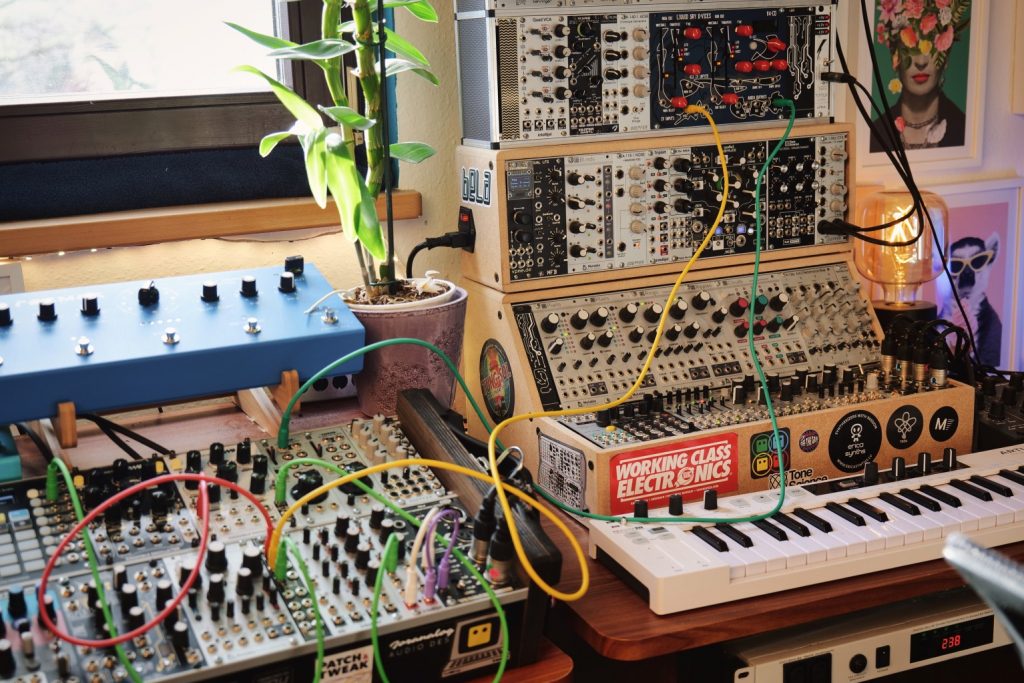
Do you have a “go to” piece of equipment that you find yourself using?
Yes, that’s my Waldorf Blofeld synthesizer. I love it as it’s so versatile and allows me to create the right moods. It often serves as the sonic foundation of my compositions.
Are there any new toys you want to acquire at the moment?
I’m thinking about getting a new modular case for the outdoor performances of my ‘In Nature’ project. Also, I want to add some new effects to my Eurorack synth and would like more delays and for example the Strymon Starlab or Qu-Bit Nautilus.

What item do you regret selling the most?
I don’t regret selling gear. I only sell things when they’ve been gathering dust for a while. If I realise I haven’t used something in months, it’s time to pass it on to someone else.
With all of that in mind, talk us through your 5 current favourite studio items.
1) My top pick is the Zen Delay, it’s always a part of my productions.
2) Then there’s my Eurorack synth, always changing, with new modules for fresh sounds
3/4) The Waldorf Blofeld and the Pulse are also favourites, the Blofeld for pads.the Pulse for deep bass sounds.
5) And I can’t forget my Torso T1 sequencer.
Thanks so much for sharing… what have you got on the agenda next?
I’m nearly done with my album, it’s coming out later this year on vinyl 🙂

